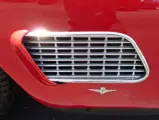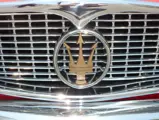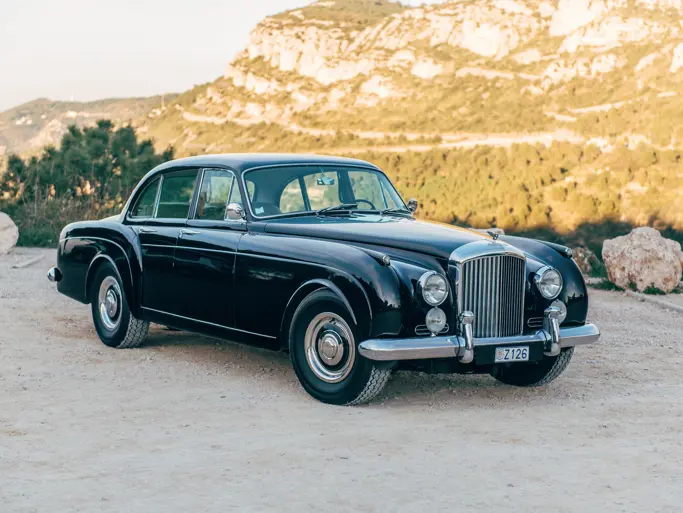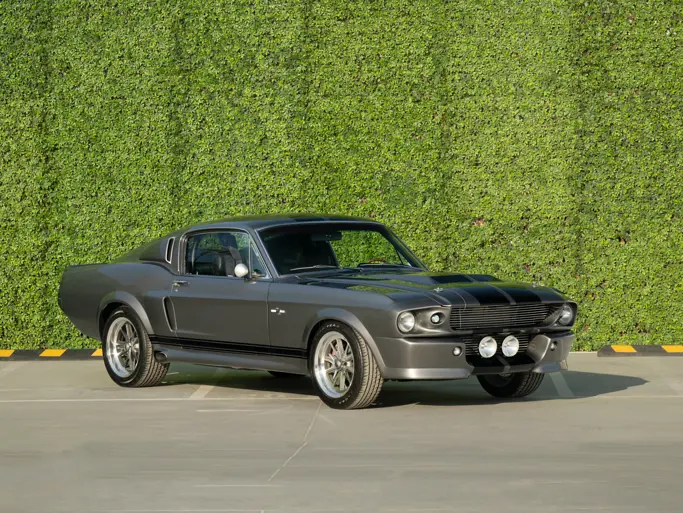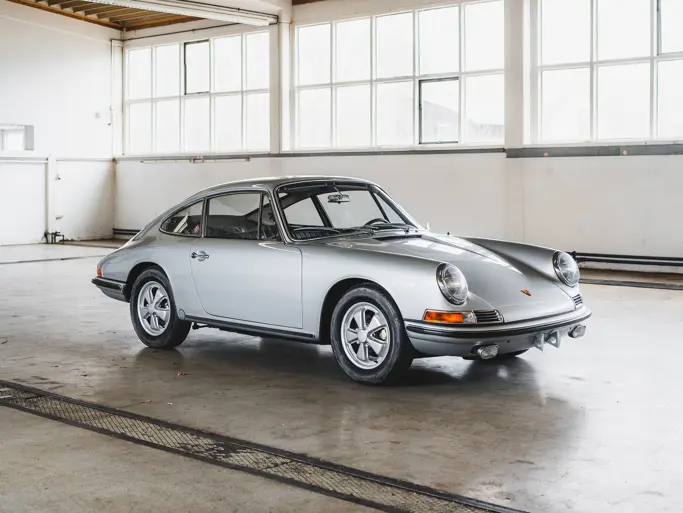220 bhp, 3,485 cc DOHC inline six-cylinder engine with triple Weber carburetors, four-speed manual gearbox, independent front suspension with coil springs and anti-roll bar, live rear axle with radius arms, semi-elliptic leaf springs and torsion stabilizer bar, and hydraulic front disc, rear drum brakes. Wheelbase: 102.3"
- Desirable red/black colors; freshly serviced
- A highly desirable earlier Weber-carbureted, “triple round front light” example
Maserati, particularly revered for its Grand Prix cars and the sports racers that engendered the company’s first road cars, had produced just 130 cars in total prior to the launch of the 3500 GT, which was descended from the A6G/2000 racer and introduced in 1957. The prototype, bodied by Milan’s Touring with its patented “Superleggera” (super light) construction, was enthusiastically received and immediately entered production.
Although the 3500 GT was the first Maserati produced in quantity, all bodies were coachbuilt, mostly by Touring or Vignale, with small differences common from car to car. The chassis were classically Italian, welded from large tubes. Produced through 1964, the 3500 GT was Maserati’s salvation during a particularly difficult period when the company’s cash flow depended heavily on its competition success. Only 2,233 of all variants were produced.
Power was from a detuned version of the 350S racing engine with twin-plug ignition. Initial carbureted versions produced about 220 hp, but in 1962, Lucas mechanical fuel injection was added. Purists continue to prefer the original, carbureted cars for their appearance, plus their greater reliability and ease of maintenance. Maserati claimed a top speed of 146 mph.
In May 1961, Road & Track tested a Maserati 3500 GT, commenting favorably on its performance, handling and comfort. The Maserati’s acceleration was nearly as fast as the Ferrari 250 GT they tested earlier with a much lower final-drive ratio, and they noted that the Maserati’s brakes were impressive in both their stopping power and fade resistance.
This example from 1960 benefits from 24 years of single ownership and is a desirable earlier version equipped with Weber carburetors and the more attractive frontal treatment with triple round head, driving and turn-signal lamps. Freshly serviced and presented very nicely with a very attractive red and black color palette, this 3500 GT Coupe is a rare find and represents tremendous value for discerning collectors of the finest Italian GT machines.





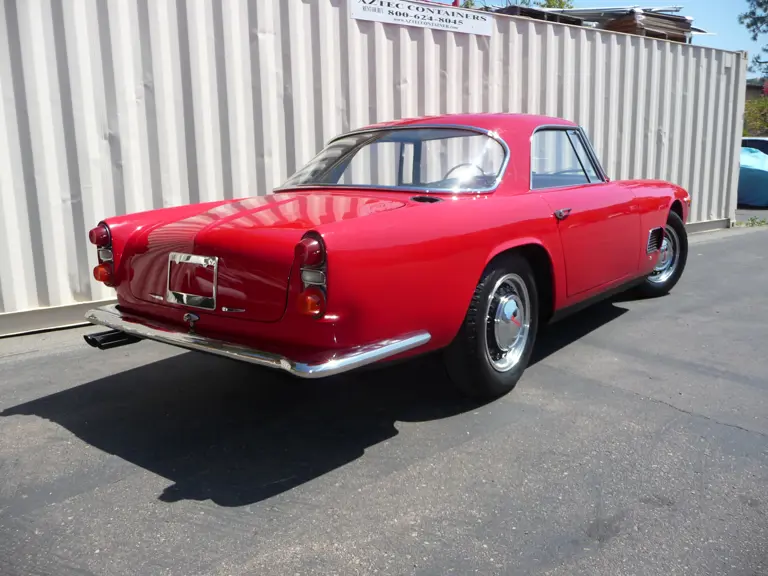

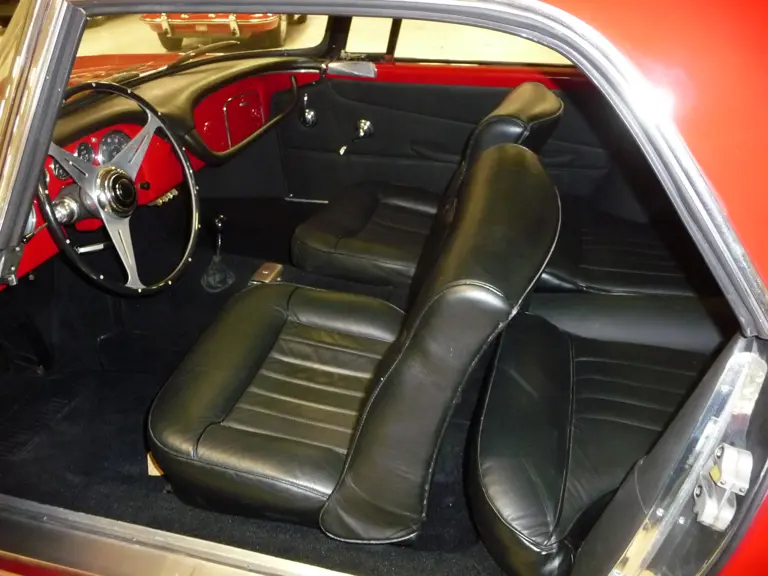

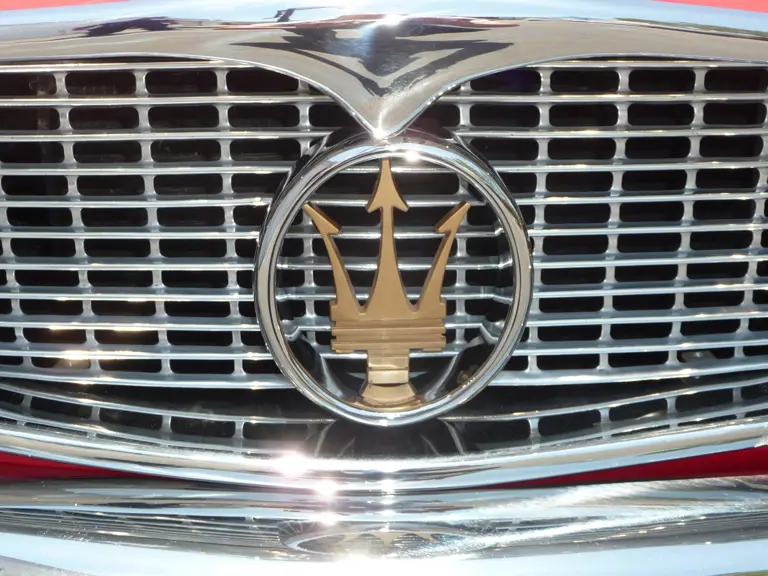
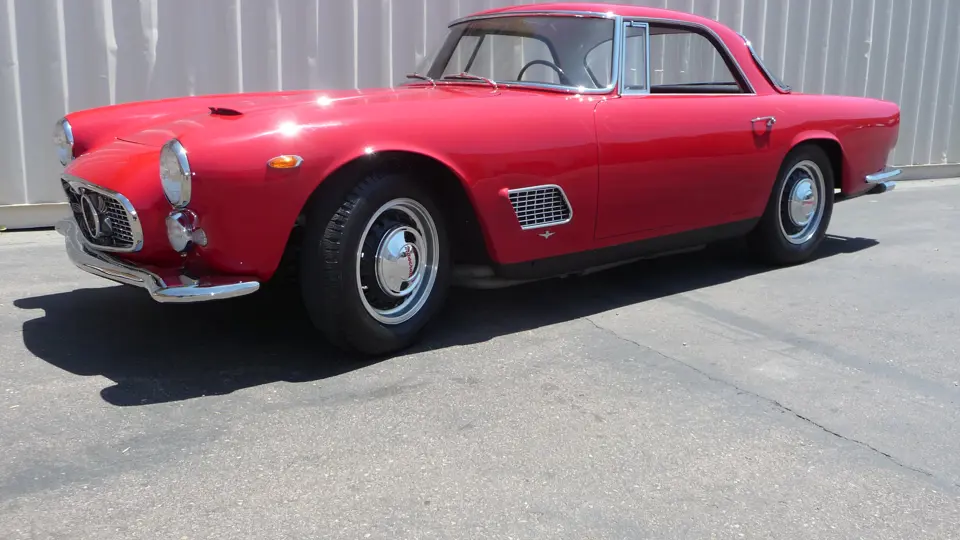
 | Monterey, California
| Monterey, California
